Home / Openlands Projects / Wetlands Restoration Through the O’Hare Modernization Program
Share
Home / Openlands Projects / Wetlands Restoration Through the O’Hare Modernization Program
Share
Welcoming Nature Back
By restoring over 530 acres of wetlands, Openlands created a rare model of large-scale, high-quality ecosystem restoration in an urban environment. Our success demonstrates the power of significant investment and long-term stewardship for people and nature.
Restoring Landscapes
Restoration is the process of returning the land to a healthy state for nature, wildlife, and people. Openlands is actively restoring natural areas at the Openlands Lakeshore Preserve, Hackmatack National Wildlife Refuge, Midewin National Tallgrass Prairie, Lake County’s Liberty Prairie Reserve, and at several sites in the Des Plaines River Watershed.
The Lay of the Land
Wetlands Restoration Through the O’Hare Modernization Program
In 2005, the City of Chicago entrusted Openlands with $26 million to begin the largest restoration initiative the region had ever seen. The funding came as part of the $8 billion O’Hare Modernization Program, which presented the City with a significant challenge: make up for the 280.14 acres of wetlands lost in the airport expansion. Because O’Hare Airport lies within the Des Plaines River watershed, the Clean Water Act required the City to mitigate this loss by restoring, creating, enhancing, or protecting wetlands within the same watershed. Openlands already had a track record of success restoring wetlands within the region and was the right partner to lead this work.
In 2024, Openlands officially completed the restoration and monitoring of five key sites. Working alongside volunteers and land management partners—the Forest Preserves of Cook and Will Counties and the U.S. Forest Service—Openlands nearly doubled mitigation requirements within budget.
Together, we restored over 530 acres of wetlands and a total of 1,620 acres of protected natural area. As wetlands are intimately connected to the surrounding landscape, restoring adjacent natural spaces is critical to ensuring these ecosystems can thrive long-term.

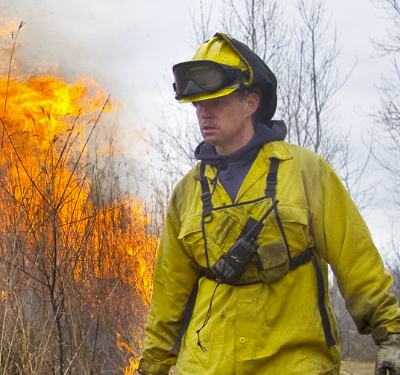

The Des Plaines River Watershed restorations are in conjunction with the Chicago District of the U.S. Army Corps of Engineers and the Chicago Department of Aviation. Funding for these projects was made available by the O’Hare Modernization Program, which seeks to offset the impact on aquatic resources caused by the expansion of Chicago O’Hare International Airport. Following restoration, several of these sites were enrolled in the Illinois Nature Preserve System, acknowledging the high quality efforts. With the entire project completed, this $25 million effort will support rehabilitation and enhancement of over 1,500 acres of habitat, and the project has already influenced the direction of ecological restoration across our region.
Setting the Groundwork for Wetlands Restoration
At the time, most restoration efforts in the region focused on improving existing but degraded remnant habitats. The requirements of the O’Hare Mitigation Project, however, called for a different approach. The sites Openlands selected were areas where little to no habitat remained—former farm fields with straight-as-an-arrow drainage ditches, pine tree plantations, and overgrown turf-grass fields.
Through research into the historical landscapes, Openlands identified areas with the greatest potential for ecological recovery and community benefit. Ultimately, we chose places located at the top of the watershed, where they could help clean water as it flows downstream. Additionally, these sites were already owned by our land management partners, maximizing the return on investment for wetland restoration and ongoing care.
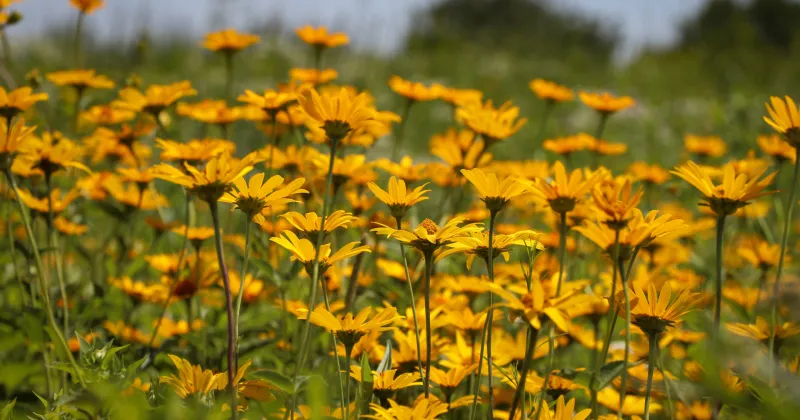
Deer Grove Forest Preserve, Cook County
Deer Grove Forest Preserve is the oldest protected land in the Forest Preserves of Cook County system, first acquired in 1916. The preserve is divided into two sections: East and West. The East side features more wetlands, while the West is characterized by woodlands and rolling prairies. Openlands initially focused restoration efforts on Deer Grove East and later expanded to Deer Grove West, thanks to our exceptional stewardship of restoration funding.
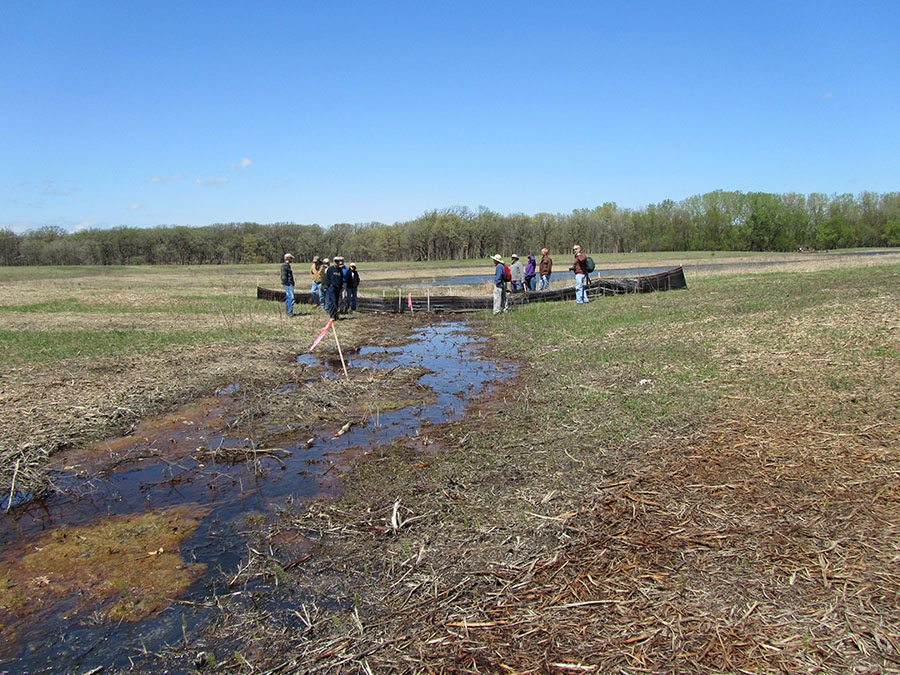
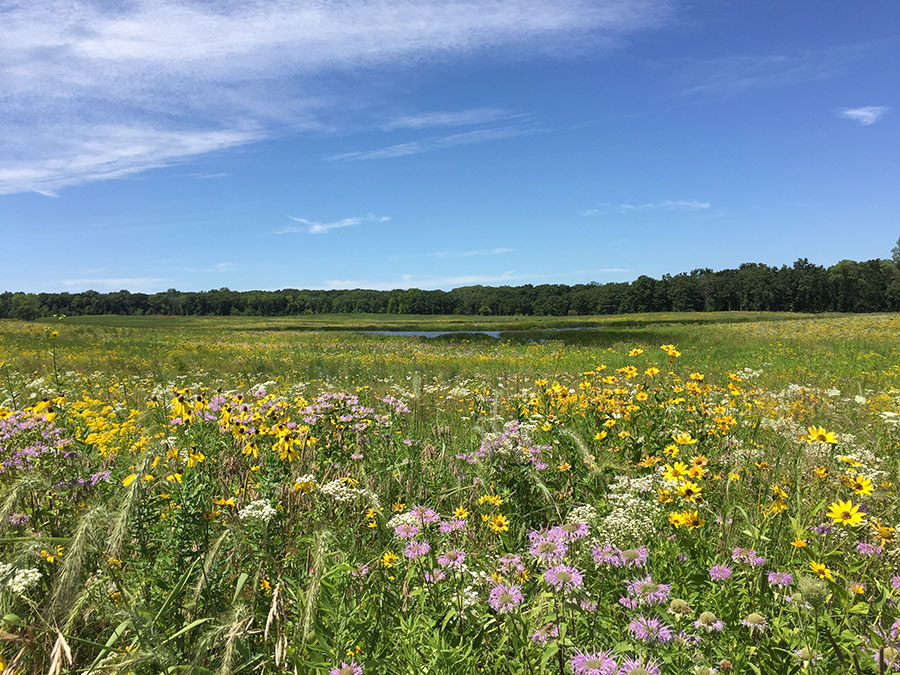
Total Acres Restored: 589.4
Wetland Acres Restored: 41.68
Restoration Activities: Hydrological restoration, invasive species removal, native seeding and planting, prescribed burns, interpretive signage installation
Permanent Protection: Illinois Land and Water Reserve (East), Illinois Nature Preserve (West)
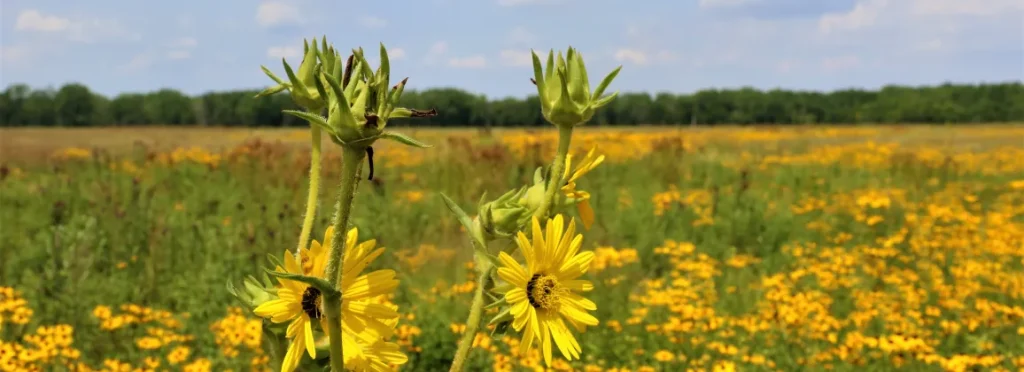
Bobolink Meadow Land and Water Reserve, Cook County
Bobolink Meadow Land & Water Reserve has been recognized as an Important Bird Area, particularly for its critical role in supporting imperiled grassland birds. Of the 93 bird species of conservation concern in the Chicago region, 50 have been observed at this preserve.
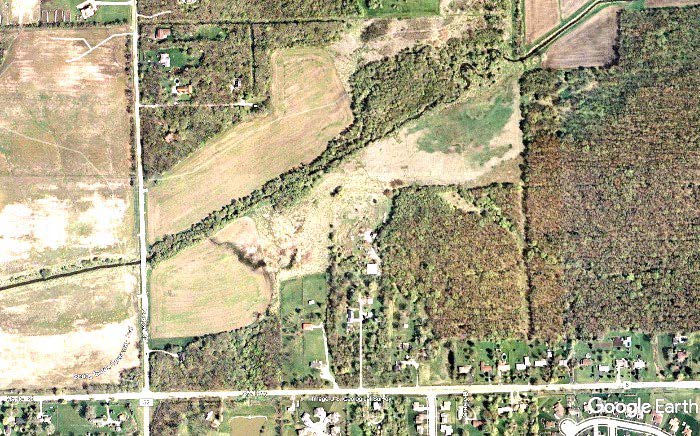
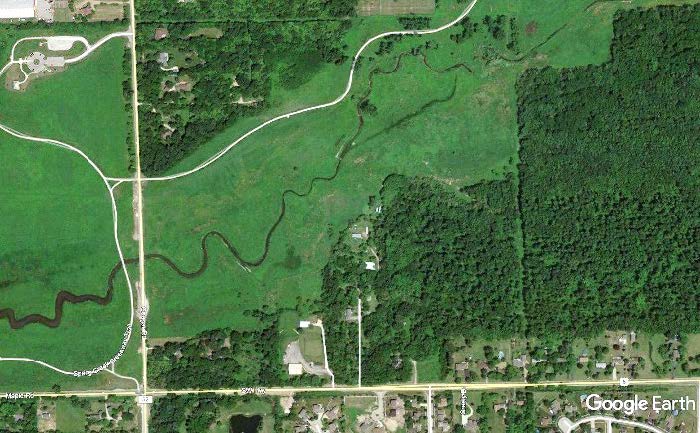
Total Acres Restored: 192.8
Wetland Acres Restored: 60.05
Restoration Activities: Hydrological restoration, habitat restoration, re-meandering Spring Creek
Permanent Protection: Openlands conservation easement
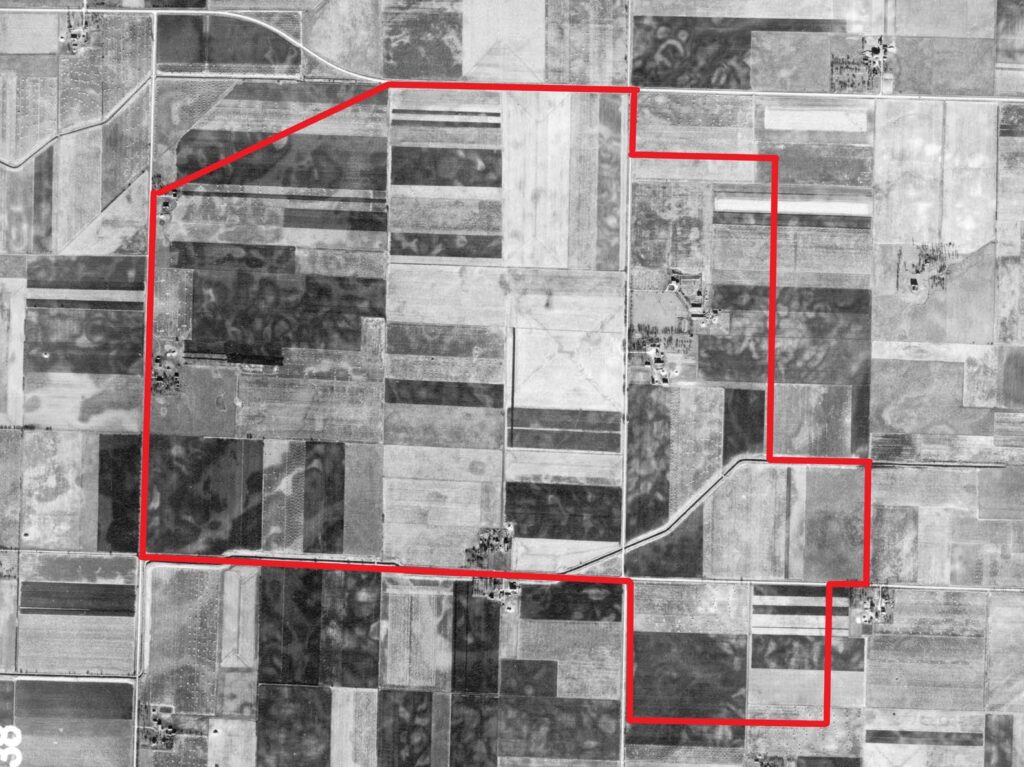
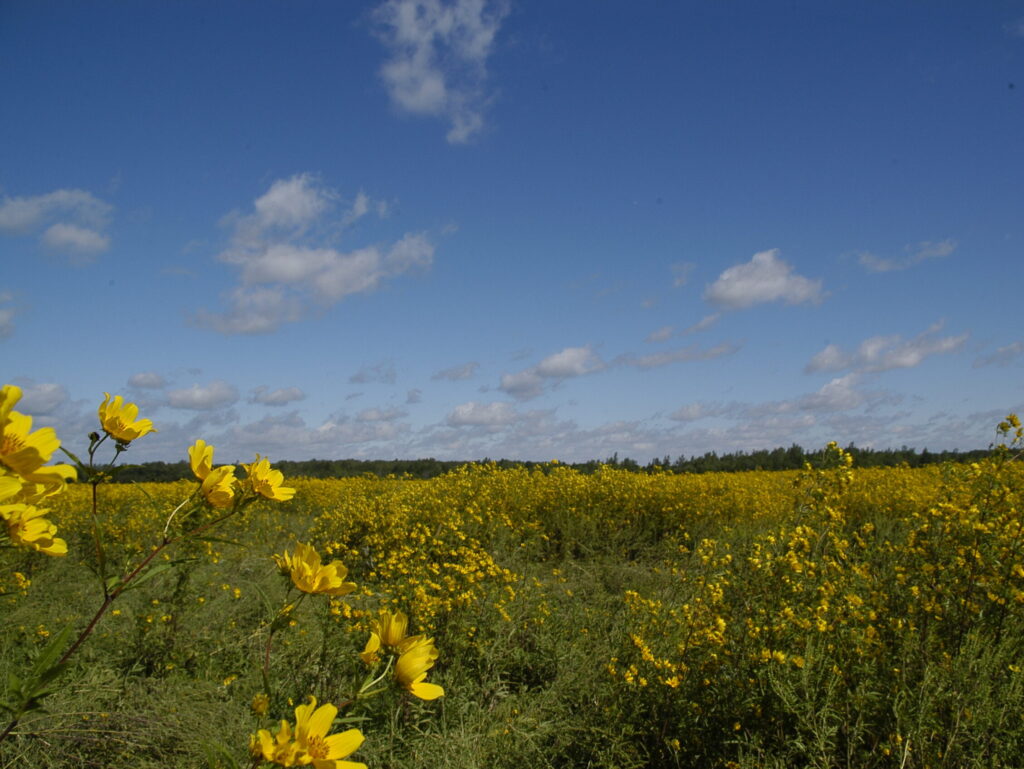
Total Acres Restored: 534.9
Wetland Acres Restored: 302.88
Restoration Activities: Hydrological restoration, bird monitoring, invasive species removal, native seeding and planting, interpretive signage installation
Permanent Protection: Illinois Land and Water Reserve
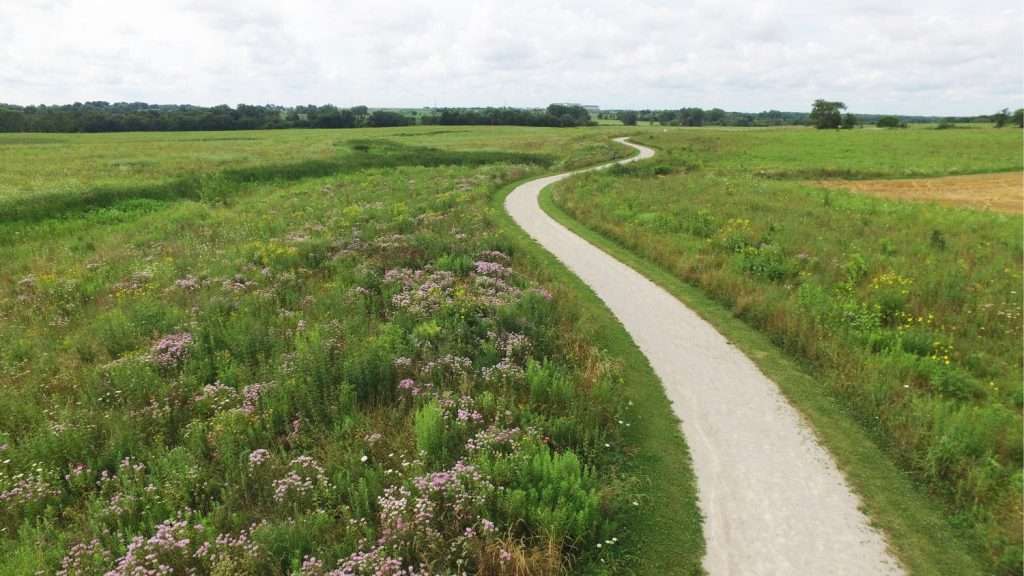
Hadley Valley Preserve, Will County

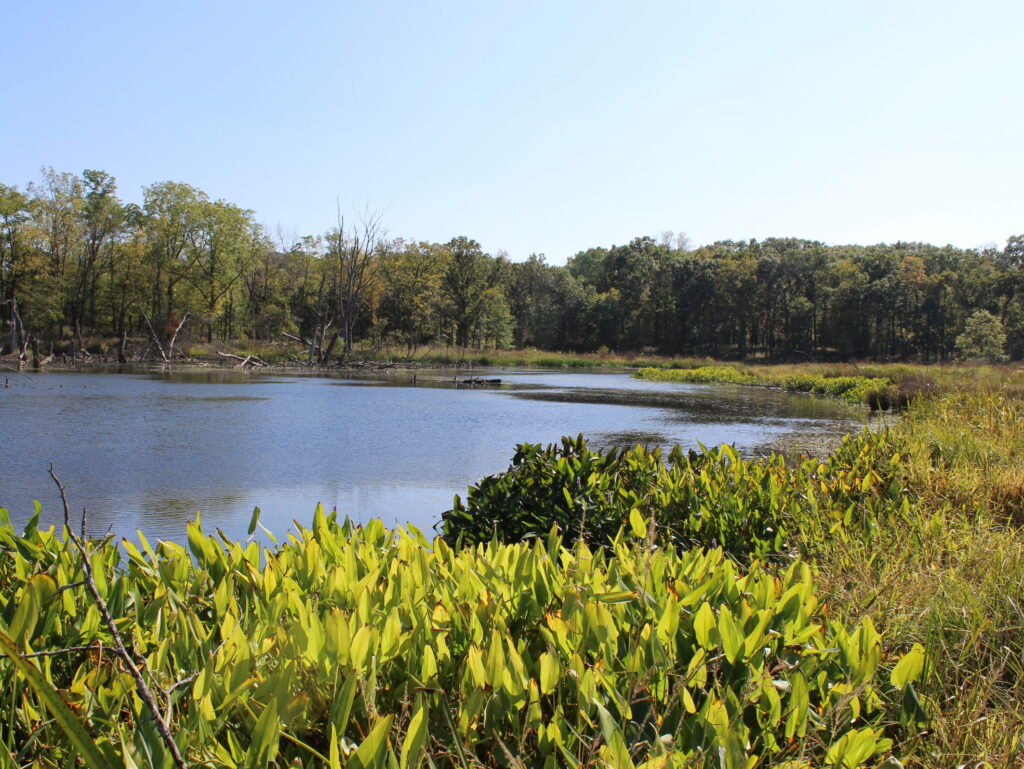
Total Acres Restored: 100.9
Wetland Acres Restored: 25.77
Restoration Activities: Hydrological restoration, erosion control, invasive species removal, native planting, savanna restoration, weed management
Permanent Protection: Openlands conservation easement, Illinois Nature Preserve
Hadley Valley Preserve hosts the largest restoration project in the history of the Will County Forest Preserve District and has received numerous awards for its conservation excellence.
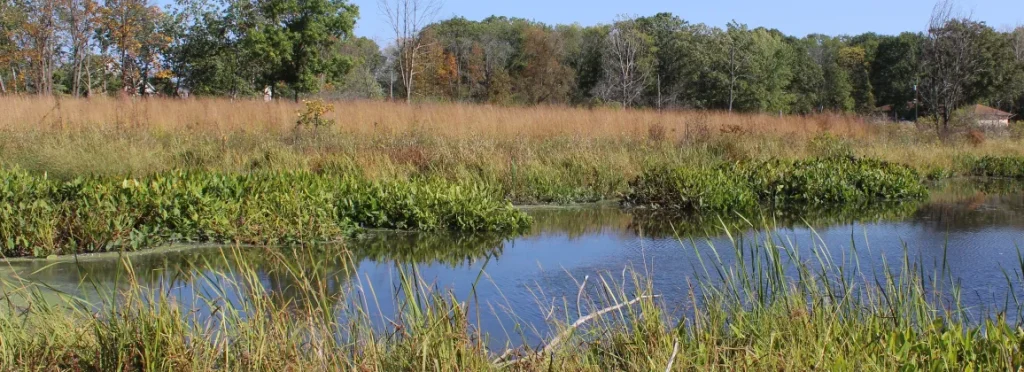
Messenger Woods Nature Preserve, Will County
Messenger Woods, acquired in 1930, was the first property purchased by the Will County Forest Preserve District. It includes one of the county’s earliest dedicated nature preserves and remains one of the most popular sites in the forest preserve system.
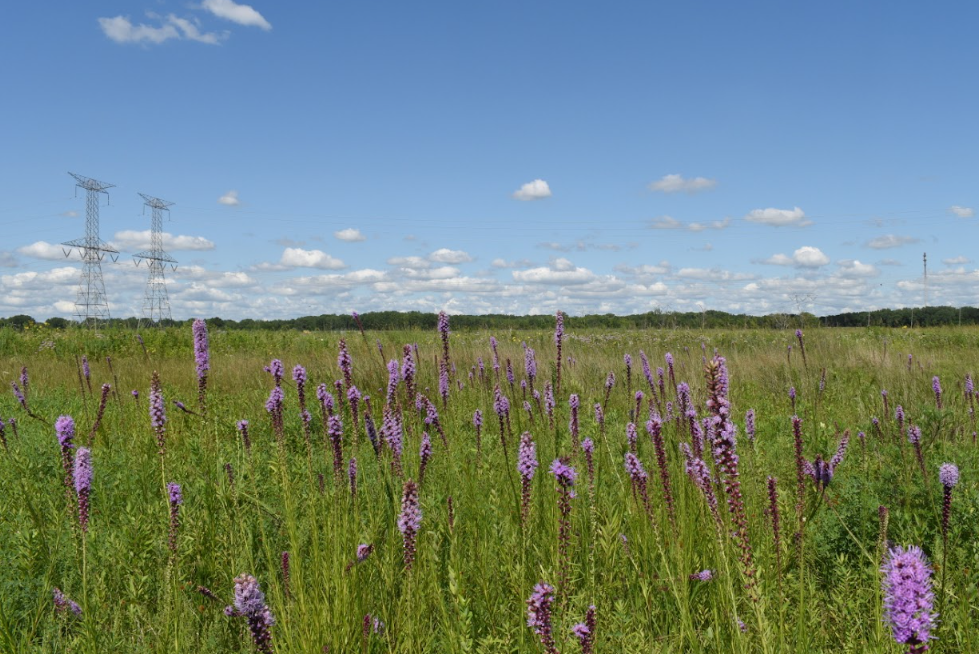
Drummond Floodplain at Midewin National Tallgrass Prairie, Will County
The Drummond Floodplain project within the Midewin National Tallgrass Prairie is an integral part of a larger landscape plan to restore dolomite prairie — some of the rarest habitats in the world and home to federally and state-listed endangered species.
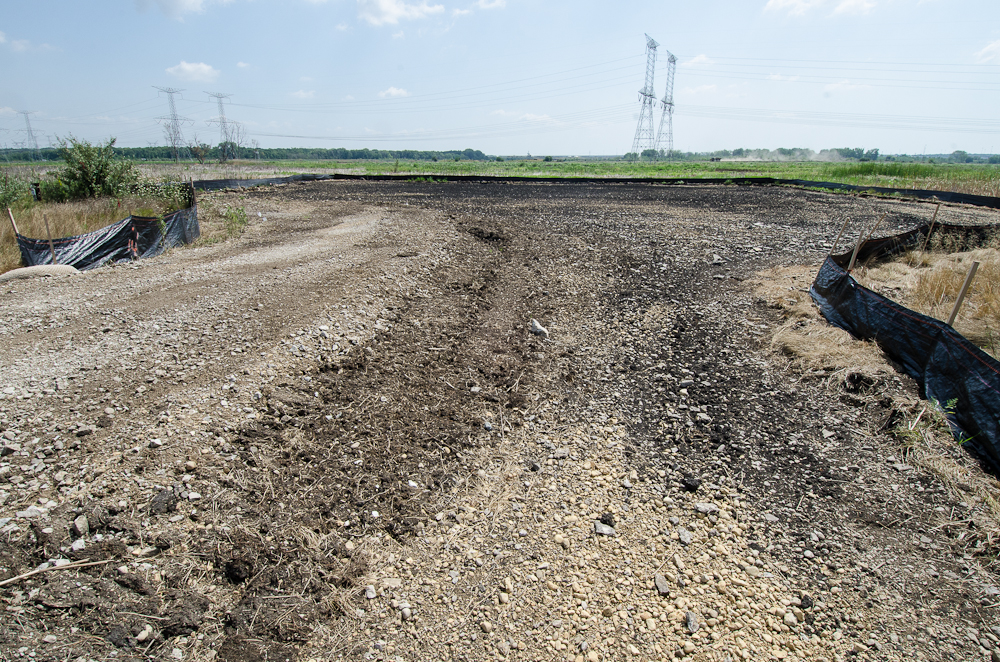
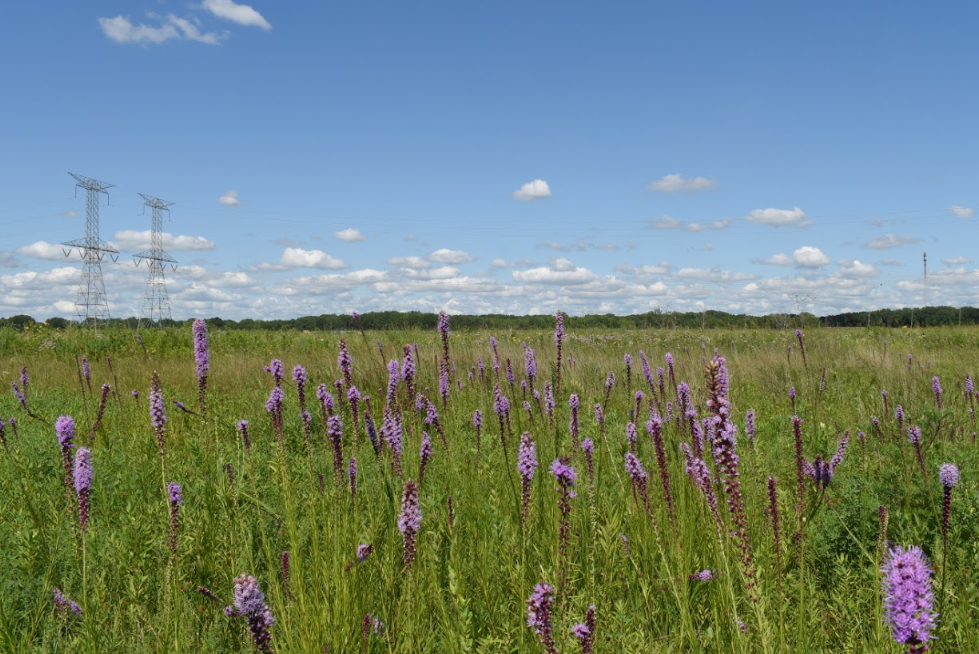
Total Acres Restored: 202
Wetland Acres Restored: 107.7
Restoration Activities: Hydrological restoration, parking pad removal, invasive species removal, native seeding and planting, prescribed burns
Permanent Protection: U.S. Forest Service
The Restoration Toolbox
Our goal was to restore these sites into self-sustaining ecosystems.
Wetland restoration involves multiple phases, beginning with hydrologic restoration. This often includes re-meandering waterways and removing old drainage tiles, allowing water to flow naturally and support the ecosystem rather than being diverted to prevent flooding of farm fields.
With hydrology restored, teams focus on rebuilding the biological landscape, starting with seeding native grasses and sedges to establish a resilient plant community. Throughout the process, invasive species like European buckthorn and reed canary grass are actively managed to prevent their spread.
Once native plants are established, fire —a natural ecological process—is reintroduced to suppress invasive species and encourage the germination of fire-dependent native seeds. Teams then enhance the site ecology by planting plugs and distributing seed mixes of conservative native species, which thrive in the high-quality conditions created by earlier efforts. This final phase provides essential food and habitat for wildlife to quickly return and flourish, reconnecting them with the environment they have adapted to over thousands of years.
In an effort to create meaningful community ties to the land and ensure the long-term success of the projects, Openlands supported volunteers and “Friends of” groups early on in the restoration work. Now, 20 years later, these sites still host thriving volunteer communities that will maintain them into the future.
At Deer Grove East and Bobolink Meadow Land & Water Reserve, Openlands led efforts to install interpretive signage to deepen understanding of native ecology and inspire lasting connections to these restored landscapes. Trail development, educational programs, and community engagement continue to expand people’s access to the healing power of nature.
Investment Reaps Returns
The 2016 Economic Valuation Study of Deer Grove East, conducted by Stantec Consulting Services, highlights the economic benefits of restoration. While this study focuses on a single project, it demonstrates the potential for similar benefits across other restoration sites, providing a scalable model for impact. The study showed:
- $2 return for every $1 spent in the short-term from jobs and economic activity.
- $6 return for every $1 spent in the long-term from better recreation, water quality, and flood control.
$14 million yearly boost to local economies from recreation. - 110 million gallons of additional stormwater absorbed annually by prairie plants and wetlands.
- A 300% increase in native wetland plants resulted in a top-tier floristic quality score of 94.7, significantly higher than the mid-30s average for good-quality areas.
The Bottom Line
The O’Hare Modernization Wetlands Mitigation Project stands as a national model for large-scale, high-impact restoration.
By engaging community members in the process from the very beginning, it fostered lasting connections between people and the land. The project demonstrated how smart investment and effective management can not only meet but far exceed mitigation standards, achieving conservation excellence.
It also underscored the power of restoration to revitalize biodiversity, bringing back native plants, wildlife, and critical ecosystems that support a healthy environment. The rewards of this investment are immense—from economic benefits in surrounding communities to flood prevention savings and the priceless health benefits of spending time in nature.
All in for Nature
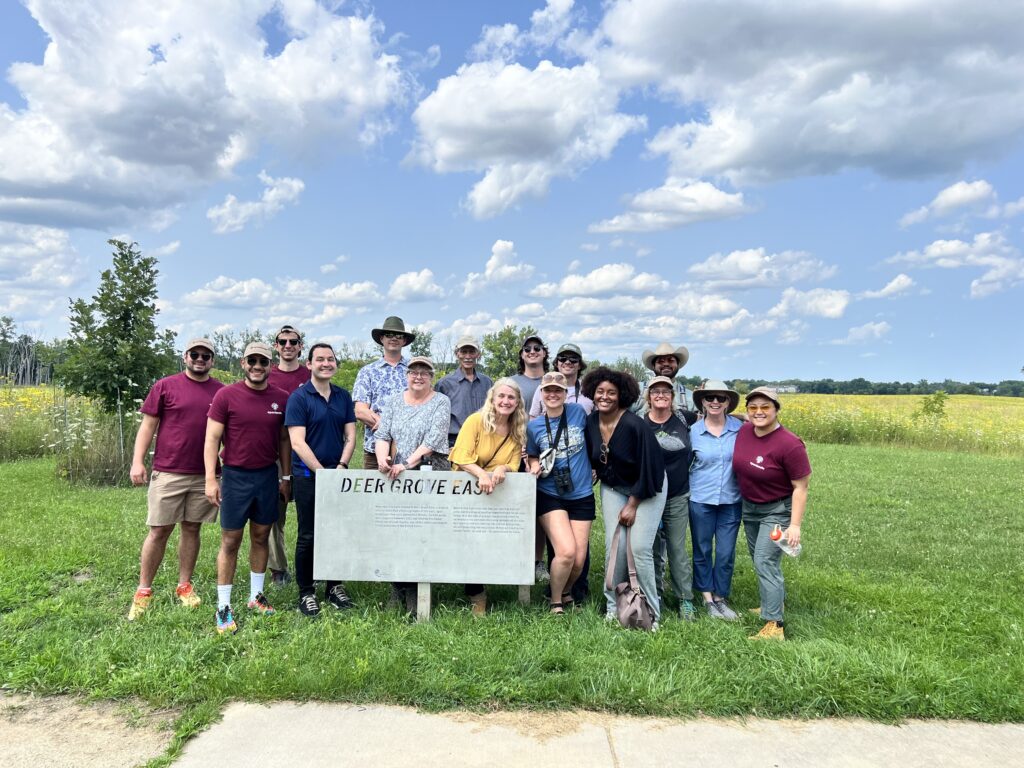
Restoration is a monumental undertaking that takes many hands, years of effort, and careful planning. Openlands is deeply grateful for the O’Hare Modernization Wetlands Mitigation Project collaborators: the Chicago District of the U.S. Army Corps of Engineers, the Federal Aviation District—Great Lakes Region, the Forest Preserve Districts of Cook and Will Counties, the Illinois Environmental Protection Agency, the U.S. Environmental Protection Agency, the U.S. Fish and Wildlife Service, the U.S. Forest Service, and the volunteers who make this work possible and lasting.
We extend our deepest gratitude to Linda Masters, whose leadership and commitment have been pivotal to the success of this project. Before her well-deserved retirement in 2024, Linda served as a restoration ecologist for Openlands for over two decades, guiding our team with passion and expertise.



